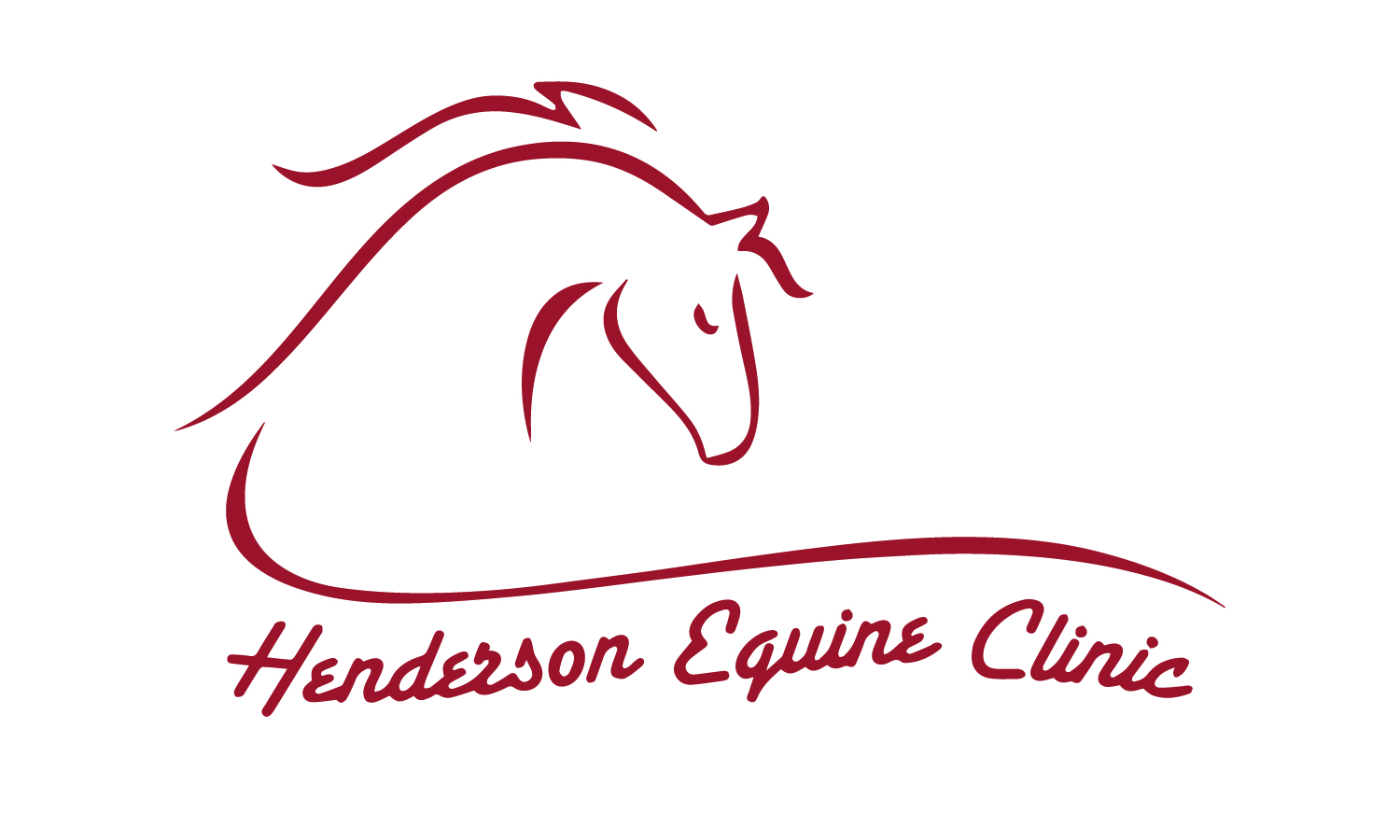History
Acupuncture is an ancient art that was developed thousands of years ago in East Asia. While western medicine was developed through dissection (looking and seeing) and laboratory studies, the eastern art of acupuncture was developed through identifying associations between related systems, symptoms and treatments. In an attempt to identify the best treatment for a condition the emperor was suffering from, they would gather people with the same condition and treat each one based upon the patterns identified and associations made. The treatments that resulted in the best outcomes were then used to treat the emperor, and added to the system, symptom, and treatment associations.
Philosophy
Acupuncture uses the examination of the whole patient to identify patterns within specific organ systems that allow disease to develop. Once a pattern is identified, treatment to balance the system and return it to health is applied at localized points along channels that run throughout the patient, connecting the multiple systems together. These points are called acupuncture points and are located on meridians or channels of energy, blood and nutrient flow throughout the body. Treatment of these points improves the flow of these substances through the body, allowing it to fight off the infection, heal the injury or correct the imbalance or disease state within it.
While many eastern and western medical terms are the same, their meaning is different. For example, the western medical term kidney refers to the actual organ and its function in liquid waste removal. In acupuncture terms, the kidney refers to the system that handles waste fluid elimination, and also bone and marrow health, congenital health, hearing, brain activity and long body hair (the mane and tail). In addition, the kidney system is prone to developing specific problems within the patient such as arthritis, back problems, and congenital malformations. On top of that these conditions will often surface when the system is overworked or stressed by cold conditions such as winter. These associations have been studied empirically and refined for thousands of years and the patterns within the organ systems and between them do correlate with disease processes and proper treatment choices can be reliably based on them.
Mechanism
Only recently has research started to provide the physiological reasons for the success of acupuncture. Acupuncture points are often located in areas with a high density of nerve endings, arterioles, lymphatic vessels and mast cells. Often times these points are located where a nerve enters a muscle, bifurcates or penetrates a body fascia, has a superficial nerve plexus, are over a neurovascular bundle or are where muscles and tendons join. The points themselves have a high degree of electrical conductivity and low electrical resistance.
Research has also shown that stimulating an acupuncture point provides pain relief by stimulating the release of endogenous opiods, Beta-endorphins, serotonin and nor-epinephrine. It also regulates the immune system by raising the white blood cell, T cell, and interleukin-2 levels, as well as decreasing inflammation. As research continues to reveal the physiological actions of stimulating acupuncture points, more information will be discovered to explain the mechanisms of acupuncture's success.
Applications
Electro-acupuncture on an eventer
Although all of the mechanism of action are not fully understood, acupuncture is an extremely helpful adjudicative therapy in many conditions. An acupuncture treatment will involve an evaluation of the patient's system and an evaluation of many of the acupuncture points for sensitivity. A disease pattern will be identified and then specific points will be chosen for treatment. This may involve placing a needle, injecting B-12 solution, or applying heat or electrical stimulation to the point.
Acupuncture is helpful for painful conditions such as arthritis, navicular disease, laminitis, etc. It also helps immune system conditions such as allergies, hives, insect bite hypersensitivity, and heaves. Reproductive problems with uterine clearance and endometritis also respond well to acupuncture. Cycle regulation and infertility, both male and female, also respond, although they are not related to immune regulation. Gastrointestinal problems such as diarrhea or constipation as well as fevers, swelling and any condition in need of improved circulation will also benefit from acupuncture treatments. Nerve dysfunction may also be helped, including laryngeal hemiplegia (roaring), wobblers and other ataxic conditions.


